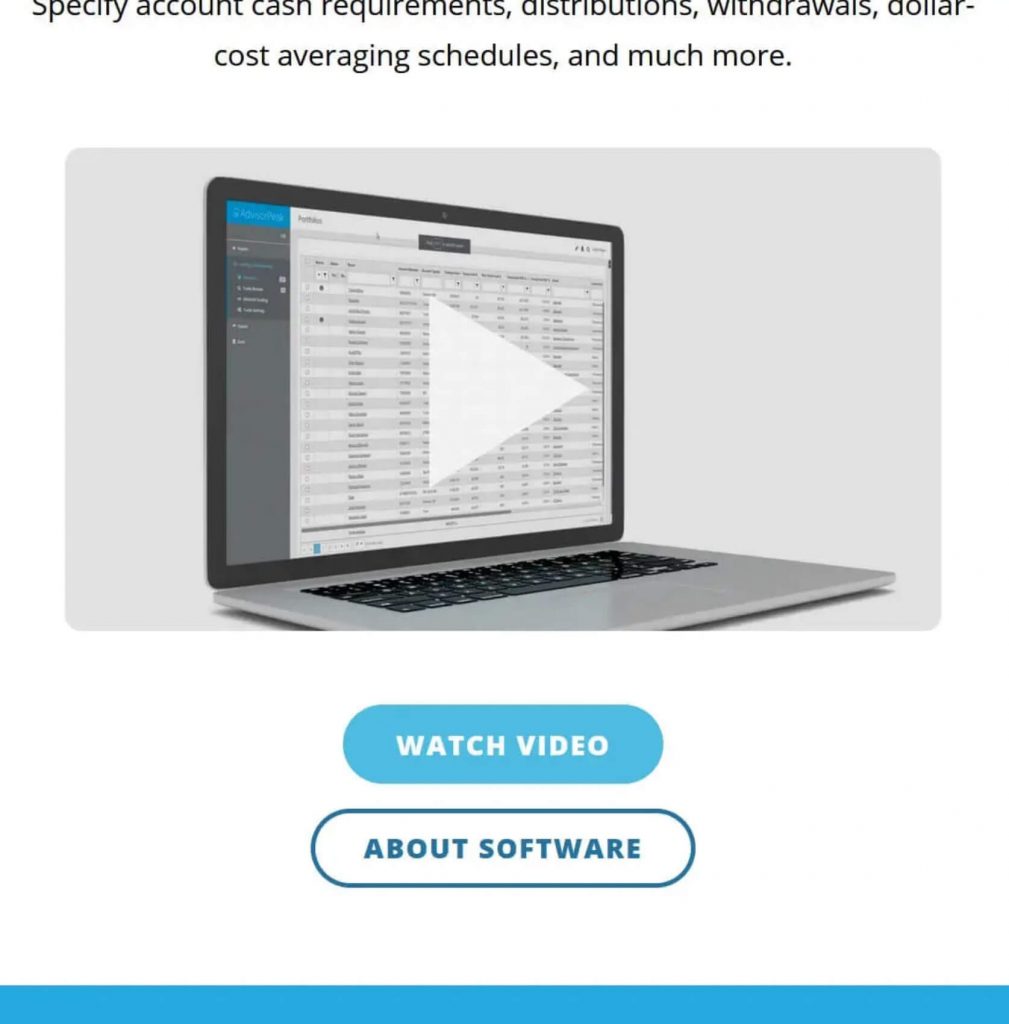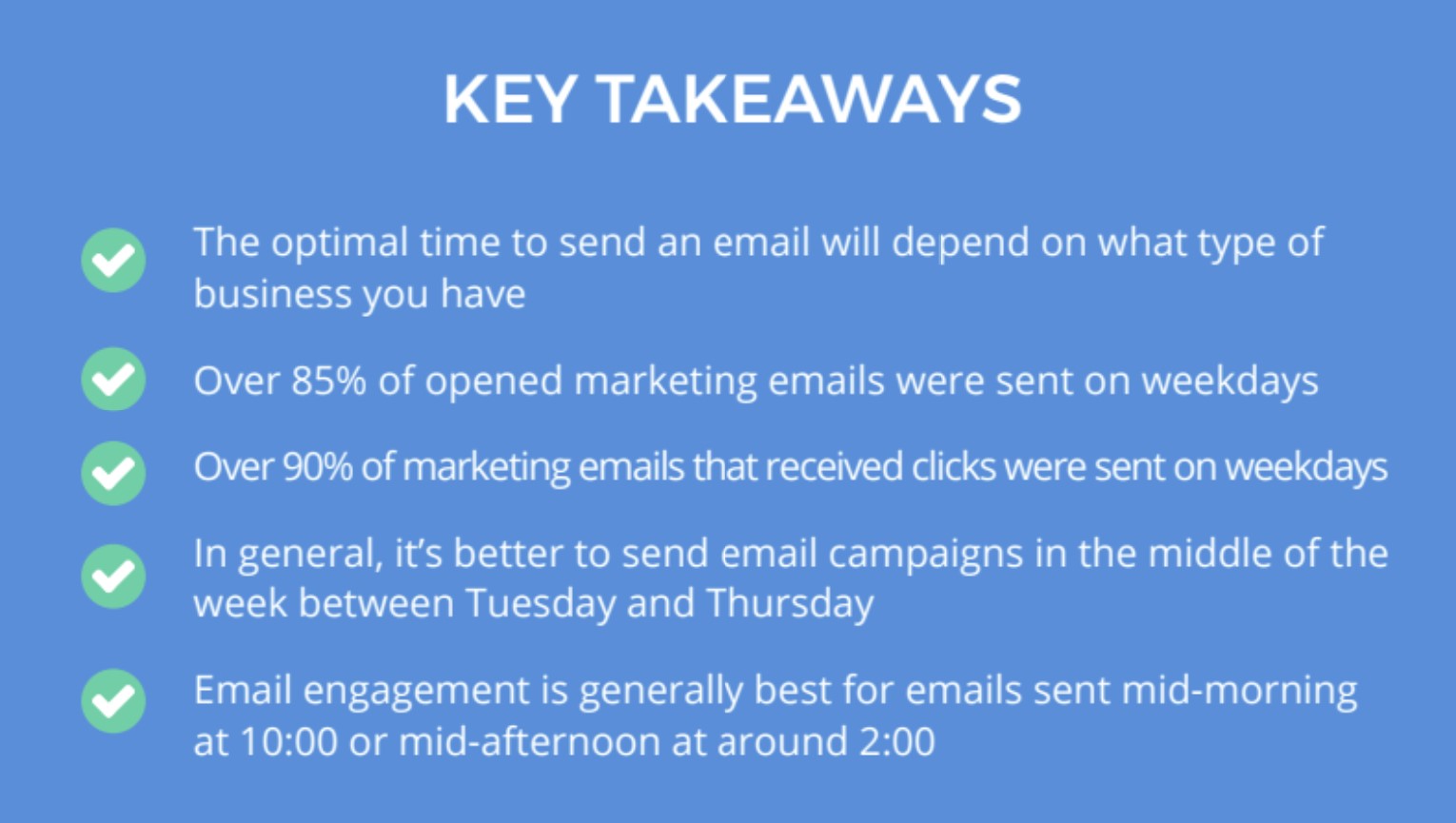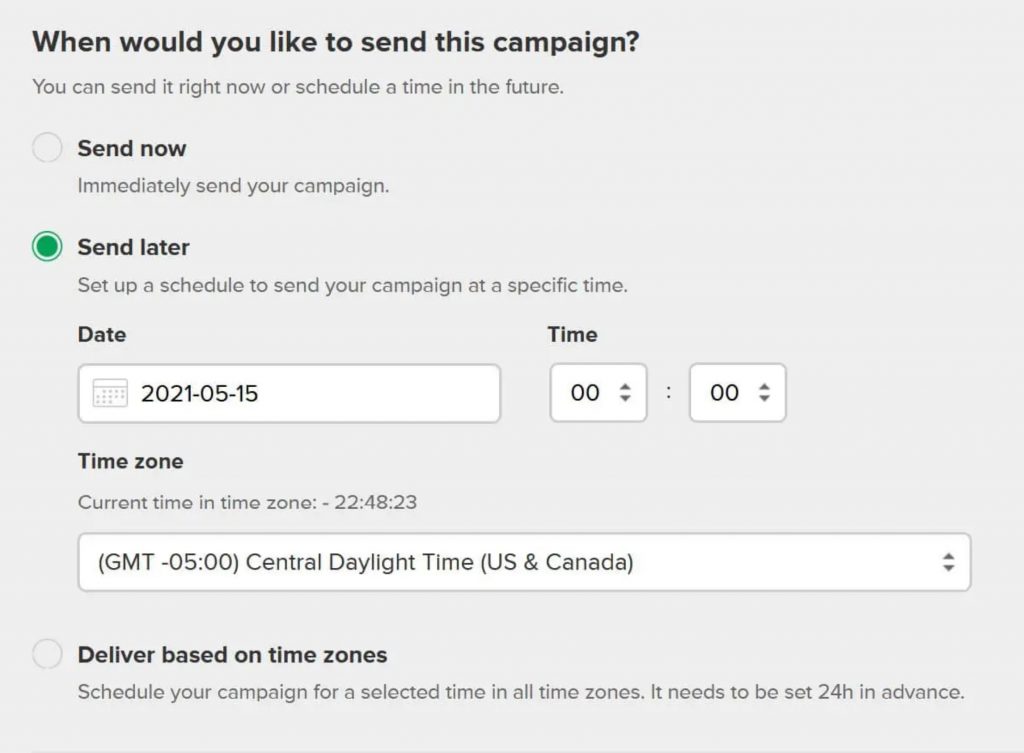Email marketing is an incredibly profitable marketing tool. All industries use it. In fact, 89% of companies reported email marketing was their primary channel for converting leads into clients. (Hubspot)
Do you want to convert your email efforts into a lead generation machine? Here are 15 simple but powerful email marketing best practices from our expertise as email marketers to help you get started and make your email marketing campaigns more successful.
1. Re-target non-openers
Re-target anyone who doesn’t open your email the first time, only use a different subject line. Most email software platforms have this capability built in. This is a super easy way to increase your open rates!
2. Use an optimized email address
The email address you use is important. It may determine if the email goes directly to spam or the awful “promotions” tab.
First, consider using an email that is tied directly to your domain name. You want something like john@companyname.com instead of companyname@gmail.com This makes you appear more professional AND decreases your chances of going to spam. You can easily create a professional email address like this with Google Workspace for $6/mo (or use another provider).
Second, don’t use an email address that starts with something generic such as these examples:
- marketing@
- info@
- support@
Many email providers are more likely to send emails from those email addresses to spam. Instead, create an email address that uses your name, e.g. johnsmith@companyname.com rather than info@companyname.com
It’s fine if you still have one of these more generic email addresses, just don’t use it for your email campaigns.
3. Provide ways to engage
Give readers a way to engage with your company! Include hyperlinks and buttons. Make sure your buttons are descriptive and tell them what to do, like “Click to sign up” or “Continue reading”. For the screenshot below, we used two buttons, “Watch Video” and “About Software” to give readers two ways to engage.

4. Narrow your email list
This might feel counterintuitive but I cannot express enough that it is a very good thing to narrow your email list. I’ll explain this with an example. If you are emailing a list of 20,000 and 10,000 are not opening your emails or engaging in any way, it’s time to purge them. Email addresses have a way of getting flagged; if you are sending out emails that don’t get opened, you’re far more likely to go to spam. By deleting those 10,000 unengaged emails, your open rates greatly increase which makes your email more credible to email providers.

Purging your list about once per year or every 6 months is often enough. Your software will likely let you run a report to determine who hasn’t opening an email in x number of months.
5. Keep it short and sweet
If you write a long, wordy email, the reader will feel like they have to read it all to get value. And if they’re busy, into the trash it goes. Keep your emails concise with include a very clear call-to-action.
Bullet points are a helpful way to give them information and avoid too much text. You can also break it up with a few section headings. This will help it feel less overwhelming.
6. Use their name
Address them by their name to make the email feel more personal. Another tip that goes well with this is to write your marketing emails as if you’re typing to a friend. Don’t go overly salesy. Be real. Sound conversational.
Most email marketing platforms have a way to insert their first name, so as long as your email list is set up to includes names, you’re all set to use this simple but helpful technique.
7. Use your name
Don’t hesitate to sign your marketing emails with your name at the bottom. It feels more personal, friendly, and gives the reader a name to respond to.
8. Consider them first
When you are writing your subject line and your email message, make sure you are telling them how your product/service benefits them.
Weak example: Online classes are currently 50% off, now with a bonus module on meditation yoga
Strong example: Save 50% on tuition and master meditation yoga with our new bonus module
Always think about what your offering will do to help them. Will it make their life easier? Save them money in the long run? Give them more time to do what they love? Help them stay healthy, fit, strong? Identify and include the benefits, not just features.
9. Use nice visuals
In this day and age, using nice imagery is absolutely necessary to gain trust. If you are using any sort of images or video in your email marketing, make sure they are high quality. There are a plethora of paid and free photo stock websites you can choose from! Some of our favorites are:
- Unsplash (free)
- Pexels (free)
- Pixabay (free)
- Adobe Stock (paid)
- BigStock (paid)
Paid stock sites like the ones listed above are not expensive and often make it a lot easier to find the specific type of image you’re seeking. For as little as $3 per image, you can save a lot of time instead of looking through free stock sites.
10. Send on Tuesday, Wednesday, or Thursday
The most successful days to send emails are Tuesday, Wednesday, and Thursday around 10 am or 11 am.
Thursday is typically the best day for online sales. Tuesday is the best day if you’re looking for click-throughs. Thursday is the best for open rates (Optinmonster).
Depending on your industry, one of these days might be the absolute best for you and you may need to play around with is. Learn more about which times are best for each industry in SocialMediaToday’s article.

11. Create your plan ahead of time
Write yourself an email marketing schedule that you can keep up with. Be ambitious but not so much that you can’t attain it. If you need to schedule emails once per month, do so, and commit. If you can create emails more frequently, once per week is a great goal.

This also helps you think about any holidays or events you’ll need to create a marketing email for, and how far in advance to start working on it.
12. Segment your lists
If you have multiple groups of people you might want to send slightly different messages to, make sure to segment your lists. You may want to segment by location, current clients vs. prospects, engagement level, or even demographics like gender and age.
For example, if you teach online workshops and in-person workshops, you may want one list that includes only locals with 200 miles and a second list that includes everyone else from around the country. That way, you aren’t sending emails to someone in Maine for your in-person class in Washington.
13. Include your social media
This super easy tip could get you more followers on social media. Include links at the bottom of your marketing emails to any social platforms you’re on. You should add social media links in your non-marketing email signature, too!

You can also play around with adding value items to draw them to your social media and increase your chances of being followed! For example, use a screenshot of your latest 3 Instagram posts with a button to follow you, a recent Facebook post you want them to look at, etc.
14. Don’t over design it
We get it, those really designed heavy emails look really cool. I’m talking about the types of emails you might see from clothing or makeup companies. But do they feel personal? Does it feel like an individual is reaching out to you, and does it feel easy to reply to those emails? Not at all. They look like one big commercial.
On the other hand, think about the last time you sent an email to a friend. What did that look like? The idea is to casually slip into your customers inbox like a friend. Using a simple email template is going to help you achieve this. These emails are far more likely to be read.
15. Hire a professional… or don’t!
Companies may pay between $10/mo up to $3,900+/mo just for email marketing software that has the ability to track just about everything. Hiring an email marketing specialists to make the most of that software can have profound effects on sales.
It’s all about finding what’s right for you and your business. If you’re getting enough business by doing it yourself, and you have enough time to do it yourself, then you’ve got a good thing going on and keep doing what you’re doing.
Otherwise, there are lots of professionals that specialize in email marketing. It may be that you need some guidance and consulting just to get yourself off the ground. Or, your busy schedule may mean handing off this very important marketing task to an expert.
Find what works for you, but make sure you’re not missing the amazing opportunity to connect with prospects via email, provide them with value, and increase your profitability.






